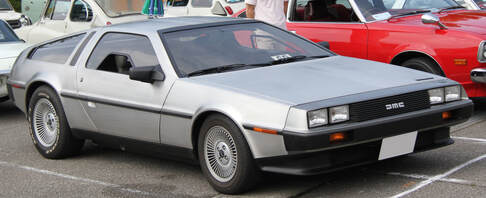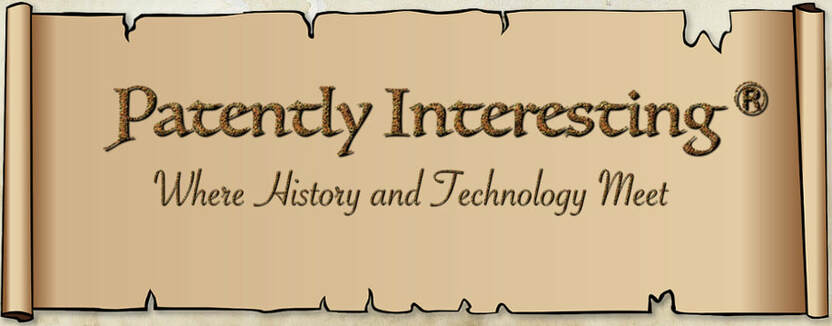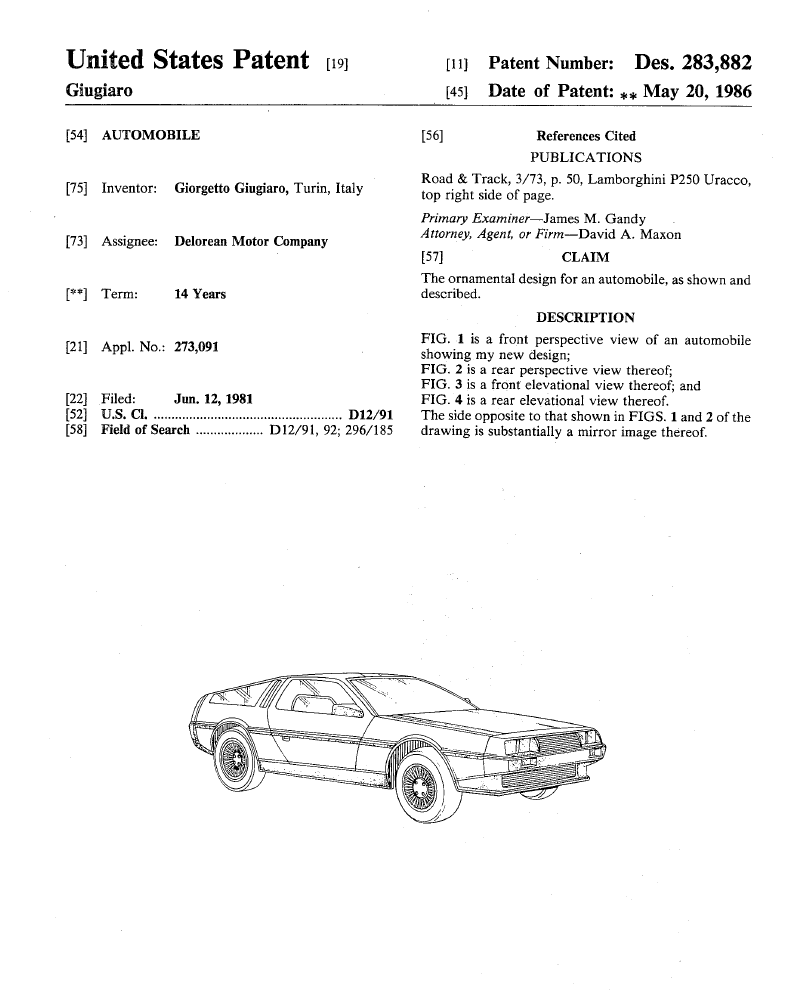 The DeLorean sports car
The DeLorean sports car
On June 12, 1981, a design patent application was filed for the iconic DeLorean sports car. The application would issue in 1986 as U.S. Design Patent Des. 283,883, with Giorgetto Giugiaro listed as the inventor. The DeLorean sports car was made famous by being converted to a time machine in the "Back to the Future" movie trilogy, starring Michael J. Fox and Christopher LLoyd. The original movie was released in July of 1985, while the third and final installment of the trilogy was released in May of 1990.
The DeLorean sports car was the idea of John DeLorean, a noted automotive designer and executive, who had previously worked for General Motors (GM). While at GM, Delorean had spearheaded the development of the Pontiac GTO in 1964. DeLorean left General Motors in 1973 to design and build an "ethical" sports car, which would be safe, fuel-efficient and long-lasting. In order to achieve this vision, DeLorean formed the DeLorean Motor Company (DMC) and traveled to Italy in the winter of 1974 to find a designer for his dream car.
While visiting Turin for its automotive show, DeLorean met Giorgetto Giugiaro, who was already a well-renowned automotive designer. Giugiaro had previously designed sports cars for Maserati and Alfa Romeo, as well as a number of conventional cars, such as the Volkswagen Golf.
DeLorean interviewed Giugiaro and several other noted Italian automotive designers. Ultimately, DeLorean chose Giugiaro, mainly because of price. Giugiaro was able to offer a more competitive price because he was going to base the design for the DeLorean sports car on a design he had previously completed for a proposed joint venture between VW and Porsche, back in 1970. That design was for a concept car called the Tapiro, which was named after the Tapir, a large herbivore, with a nose trunk, found in the jungles of Central and South America.
The Tapiro was wedge-shaped, had gullwing doors and was constructed from stainless steel body panels, all of which presaged the DeLorean. The Tapiro, however, had two pairs of gullwing doors, one for the passengers and one for luggage. The Tapiro also had pop-up headlights, which were in vogue in the late 1960s and early 1970s.
By October 1976, Giugiaro and DeLorean had completed a prototype, known as the DSV-1, or DeLorean Safety Vehicle. In 1978, a first design patent application was filed for the DeLorean, which was still under development. This application issued as U.S. Des. 257,834, on January 13, 1981, just as the first DeLoreans were about to roll off the assembly line at DMC's plant in Dunmurry, just outside of Belfast in Northern Ireland.
Upon its introduction to the marketplace, the DeLorean caught the attention of the automotive world, with its gull-wing doors, brushed stainless steel outer body panels and its innovative steel backbone chassis. However, the DeLorean was soon recognized as being underpowered and having only mediocre handling. The DeLorean's underwhelming performance contributed to lackluster sales, which, coupled with cost overruns and an unfavorable exchange rate drove DMC into bankruptcy in 1982. As such, DMC only built the DeLorean for two years: from January 1981 to December 1982. During this time, a total of 9,200 DeLorean cars were produced.
In a last-ditch effort to save his company, John DeLorean was drawn intoa cocaine smuggling scheme, which was, in reality, an FBI sting operation. He was arrested for drug trafficking in October of 1982, but successfully defended himself against the charge, based on entrapment. His reputation, however, was ruined and he was plagued for years by lawsuits stemming from the collapse of DMC.
The DeLorean sports car was the idea of John DeLorean, a noted automotive designer and executive, who had previously worked for General Motors (GM). While at GM, Delorean had spearheaded the development of the Pontiac GTO in 1964. DeLorean left General Motors in 1973 to design and build an "ethical" sports car, which would be safe, fuel-efficient and long-lasting. In order to achieve this vision, DeLorean formed the DeLorean Motor Company (DMC) and traveled to Italy in the winter of 1974 to find a designer for his dream car.
While visiting Turin for its automotive show, DeLorean met Giorgetto Giugiaro, who was already a well-renowned automotive designer. Giugiaro had previously designed sports cars for Maserati and Alfa Romeo, as well as a number of conventional cars, such as the Volkswagen Golf.
DeLorean interviewed Giugiaro and several other noted Italian automotive designers. Ultimately, DeLorean chose Giugiaro, mainly because of price. Giugiaro was able to offer a more competitive price because he was going to base the design for the DeLorean sports car on a design he had previously completed for a proposed joint venture between VW and Porsche, back in 1970. That design was for a concept car called the Tapiro, which was named after the Tapir, a large herbivore, with a nose trunk, found in the jungles of Central and South America.
The Tapiro was wedge-shaped, had gullwing doors and was constructed from stainless steel body panels, all of which presaged the DeLorean. The Tapiro, however, had two pairs of gullwing doors, one for the passengers and one for luggage. The Tapiro also had pop-up headlights, which were in vogue in the late 1960s and early 1970s.
By October 1976, Giugiaro and DeLorean had completed a prototype, known as the DSV-1, or DeLorean Safety Vehicle. In 1978, a first design patent application was filed for the DeLorean, which was still under development. This application issued as U.S. Des. 257,834, on January 13, 1981, just as the first DeLoreans were about to roll off the assembly line at DMC's plant in Dunmurry, just outside of Belfast in Northern Ireland.
Upon its introduction to the marketplace, the DeLorean caught the attention of the automotive world, with its gull-wing doors, brushed stainless steel outer body panels and its innovative steel backbone chassis. However, the DeLorean was soon recognized as being underpowered and having only mediocre handling. The DeLorean's underwhelming performance contributed to lackluster sales, which, coupled with cost overruns and an unfavorable exchange rate drove DMC into bankruptcy in 1982. As such, DMC only built the DeLorean for two years: from January 1981 to December 1982. During this time, a total of 9,200 DeLorean cars were produced.
In a last-ditch effort to save his company, John DeLorean was drawn intoa cocaine smuggling scheme, which was, in reality, an FBI sting operation. He was arrested for drug trafficking in October of 1982, but successfully defended himself against the charge, based on entrapment. His reputation, however, was ruined and he was plagued for years by lawsuits stemming from the collapse of DMC.


